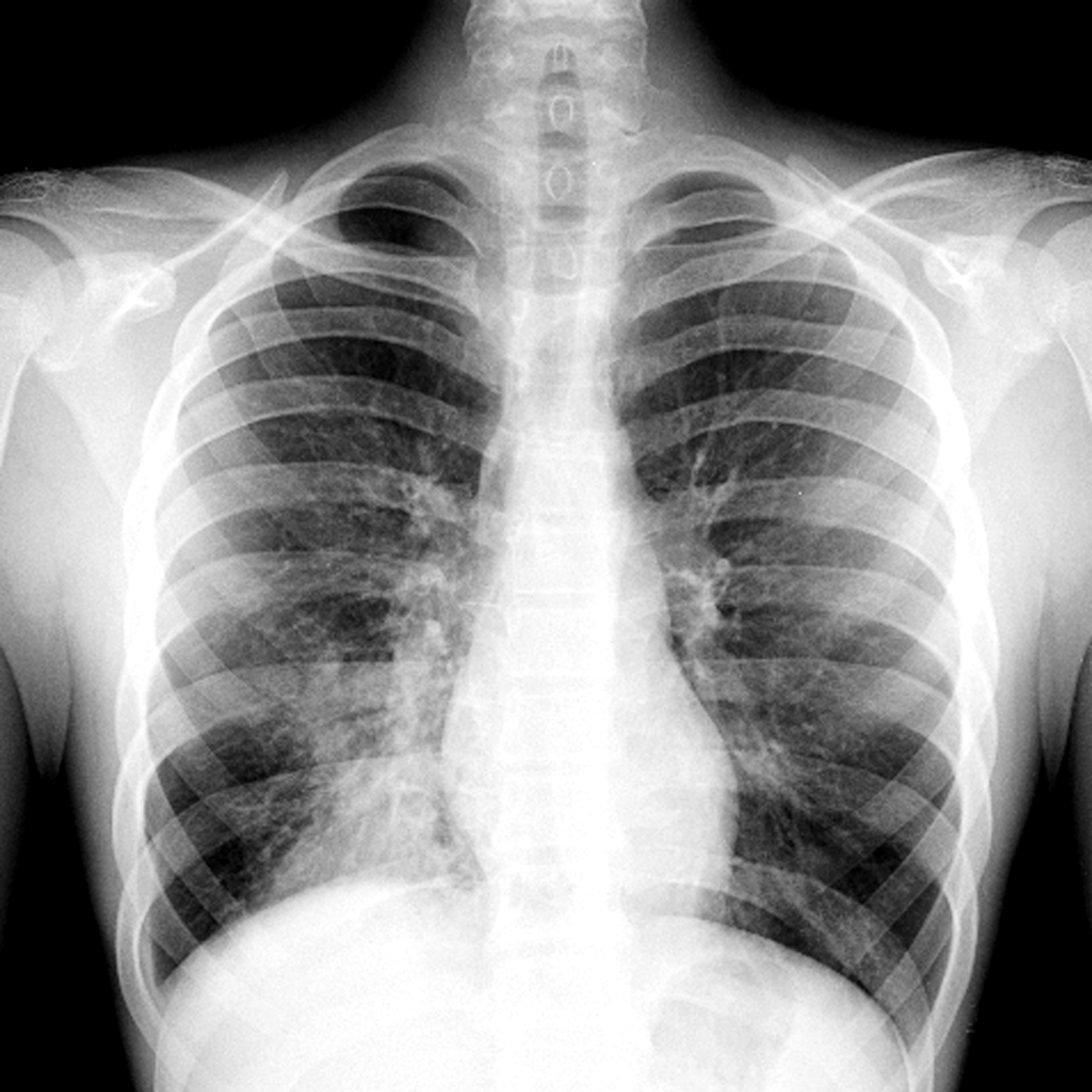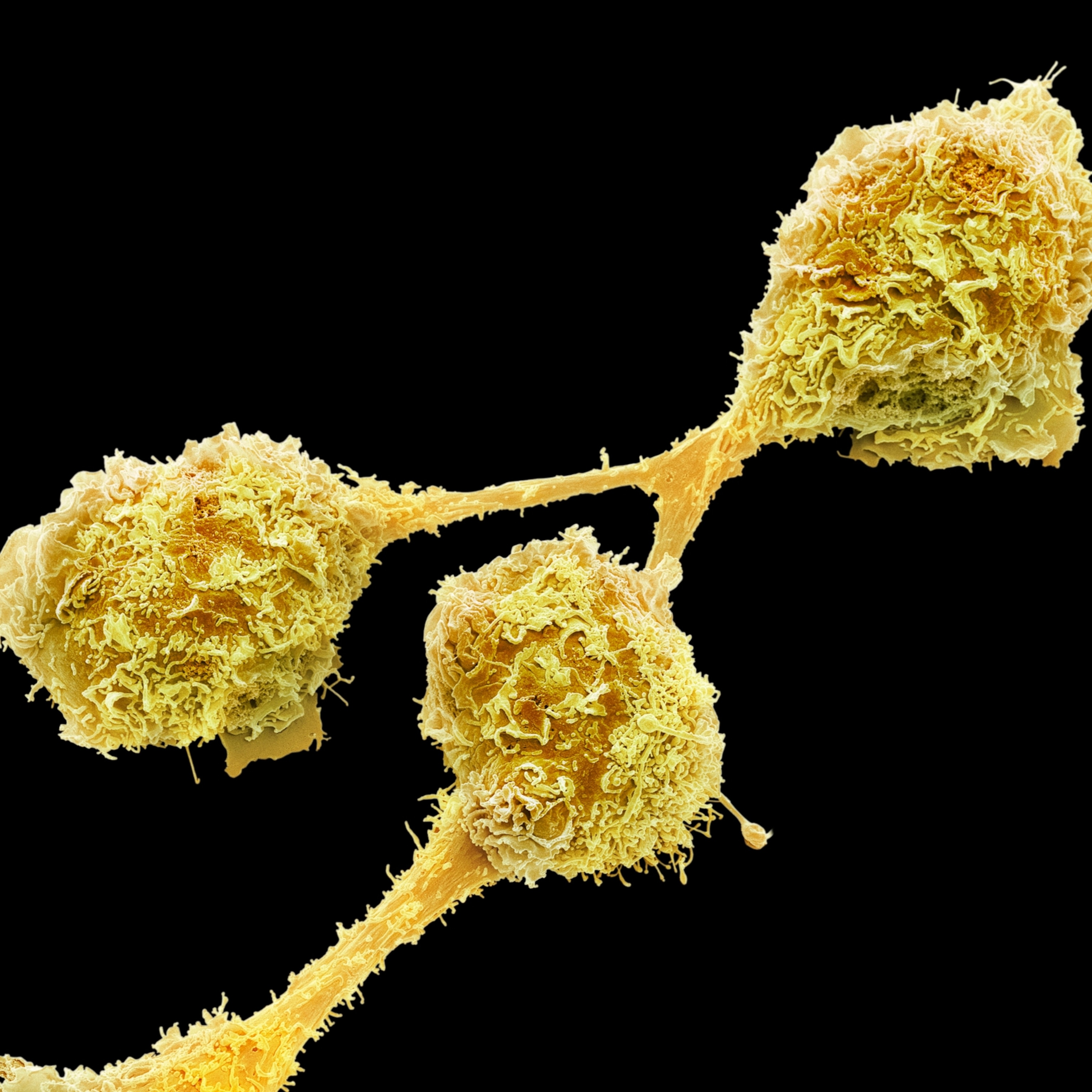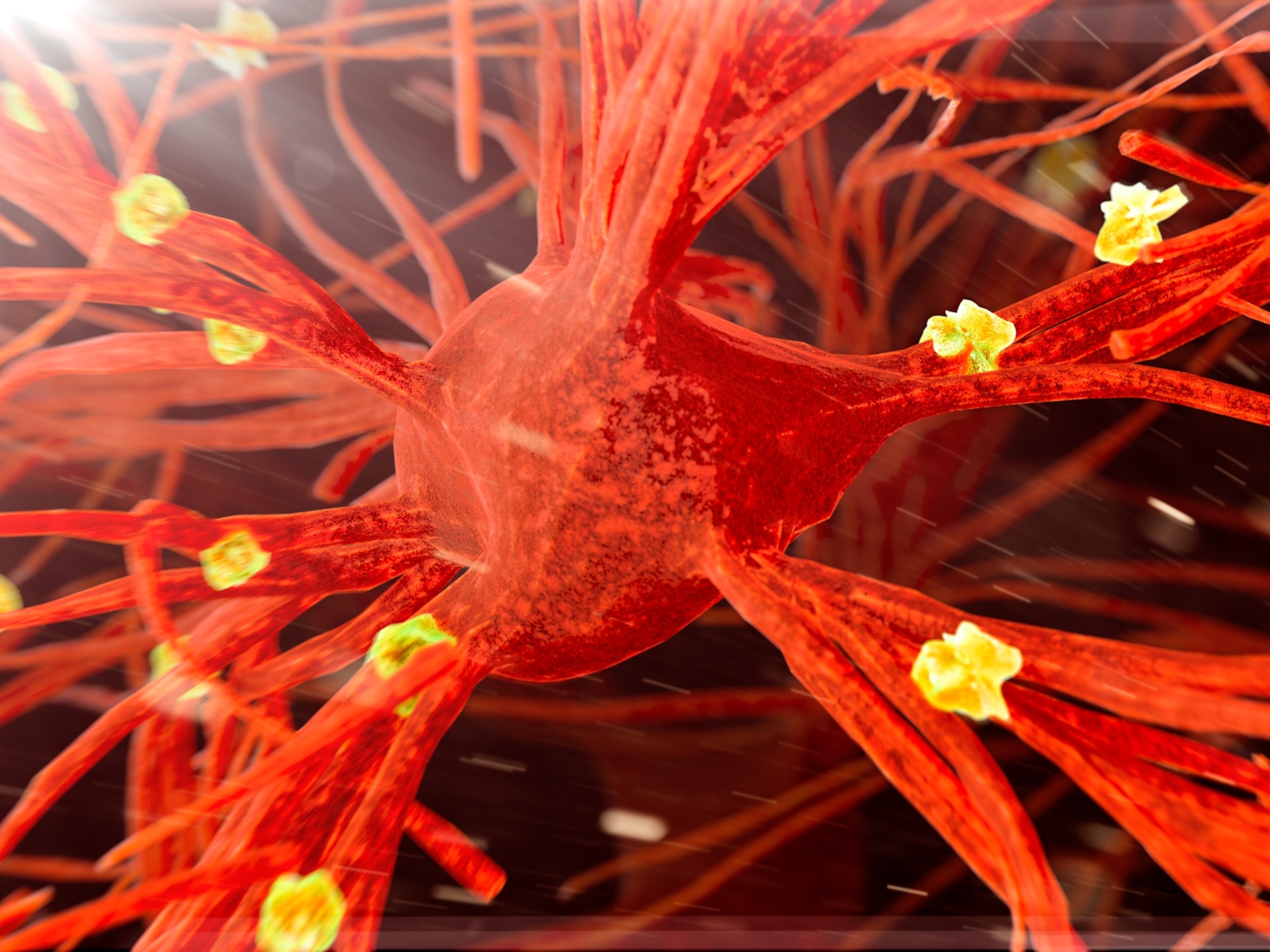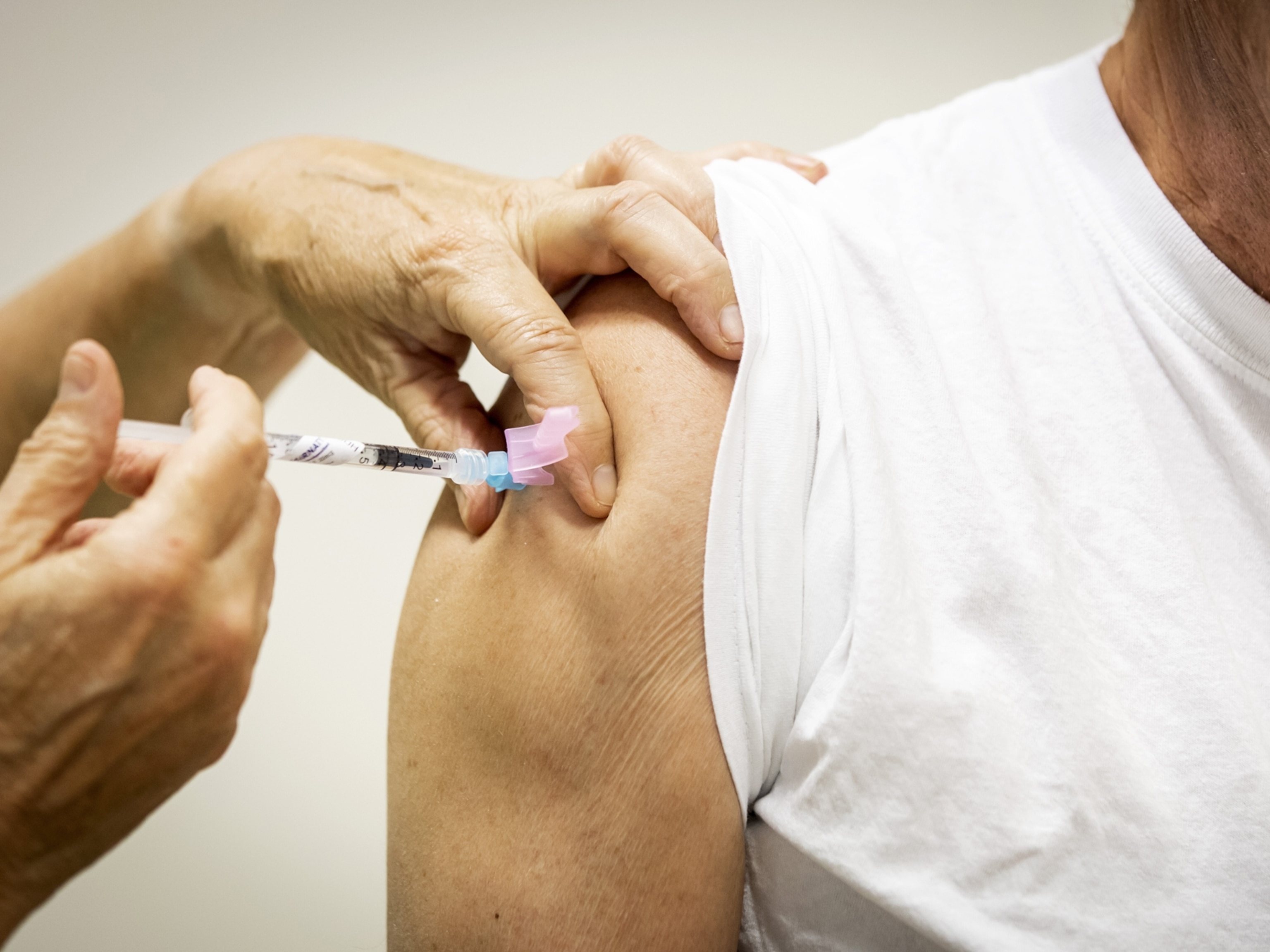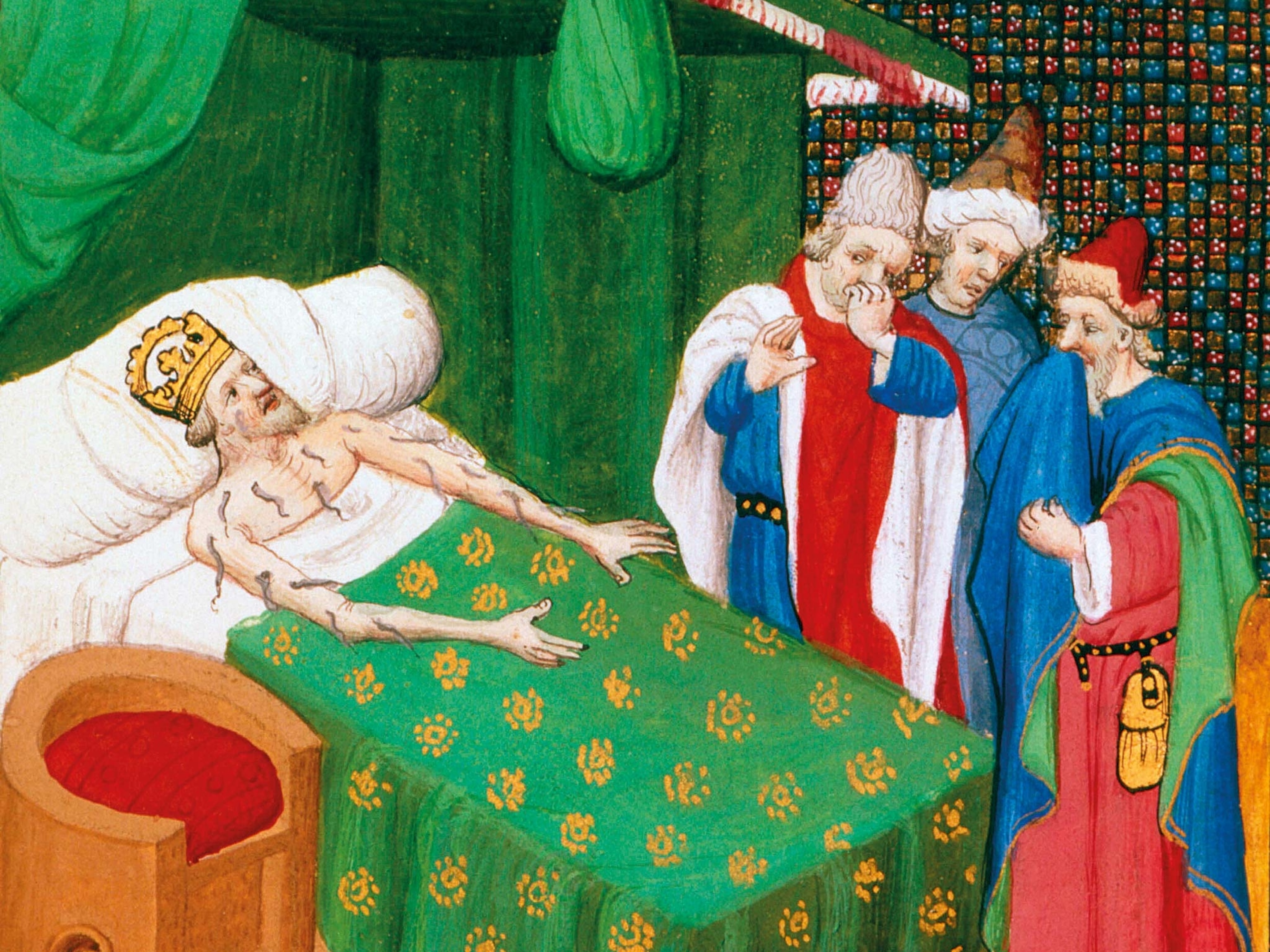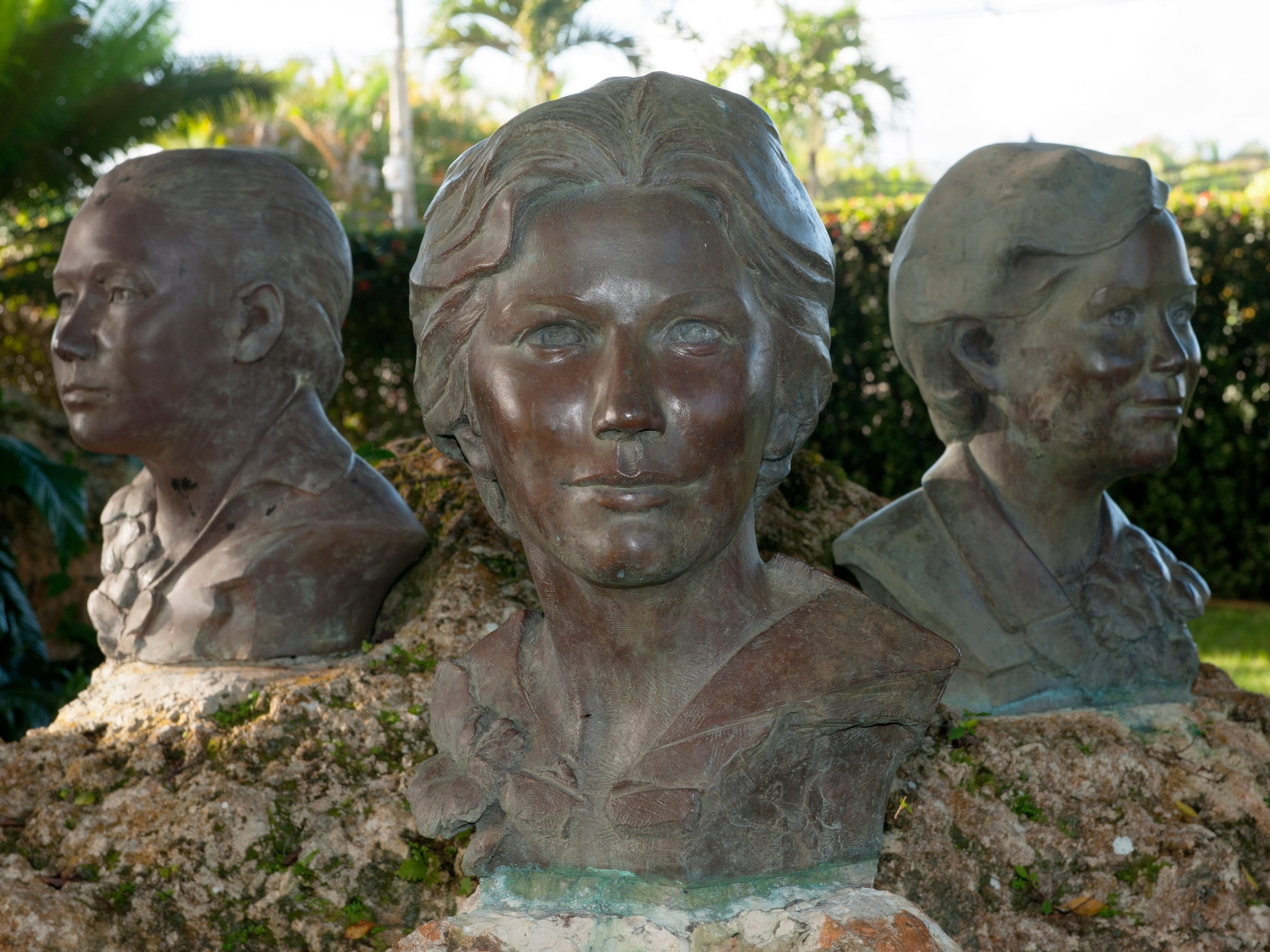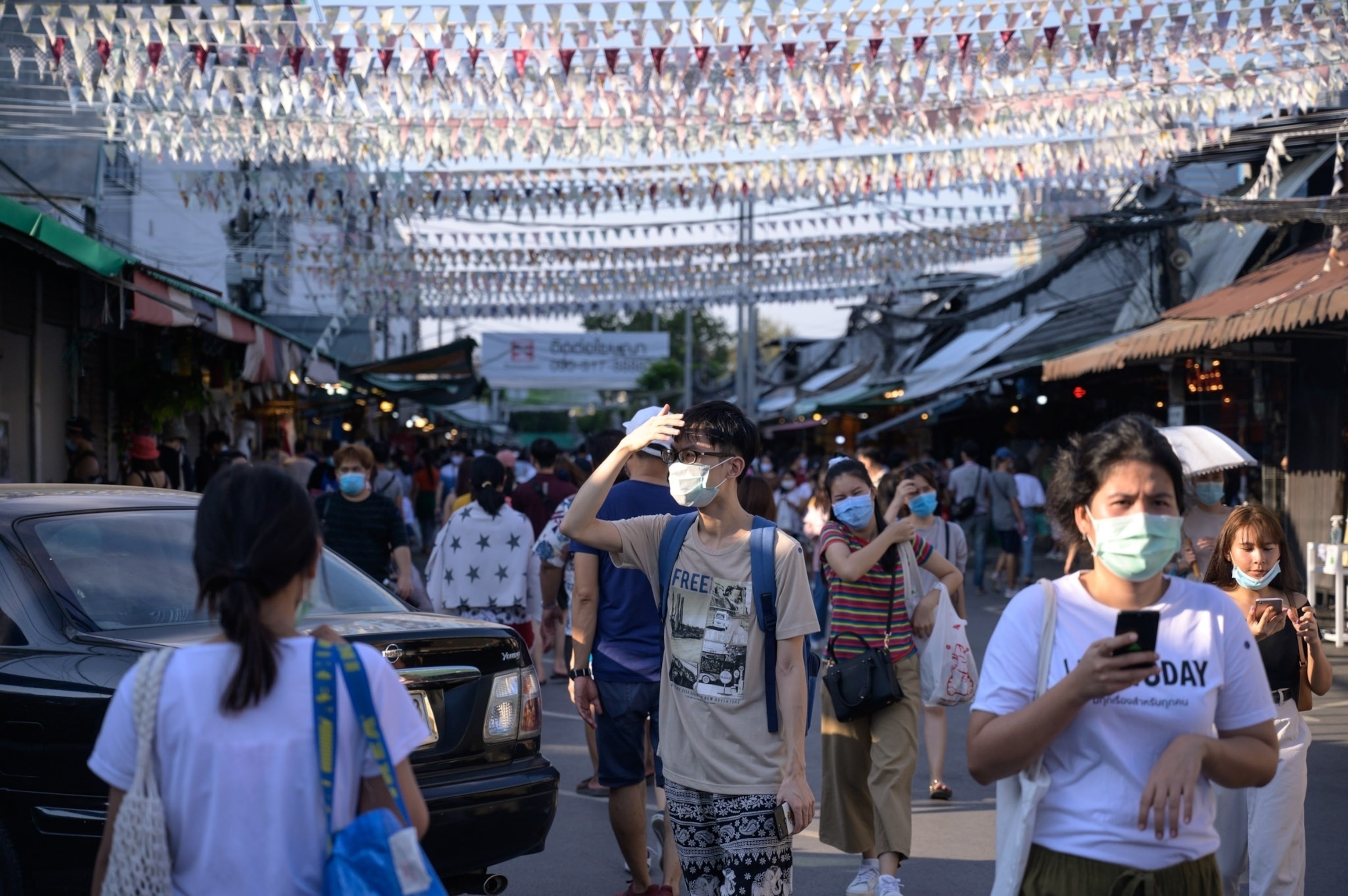
A look inside Thailand, which prevented coronavirus from gaining a foothold
Expecting the worst, a photographer set out to document the pandemic in Bangkok. He was surprised by what he found.
The first coronavirus case outside of China appeared in Thailand. When the news hit in January, uneasiness spread among the population. Few people seemed confident that our government could handle the situation. After all, the minister of public health is a business tycoon without any background in health—unless you count his advocacy for legalizing marijuana. Many of us thought that we would have to take care of ourselves, as usual.
Expecting the worst, I began photographing Bangkok in the early days of the pandemic. I was especially afraid of a runaway outbreak in the city’s slums and that our healthcare facilities would be overrun. It didn’t turn out that way. The work has been frustrating at times, not because there’ve been so many cases but because there’ve been so few. Much to my relief, I am gradually running out of things to shoot.
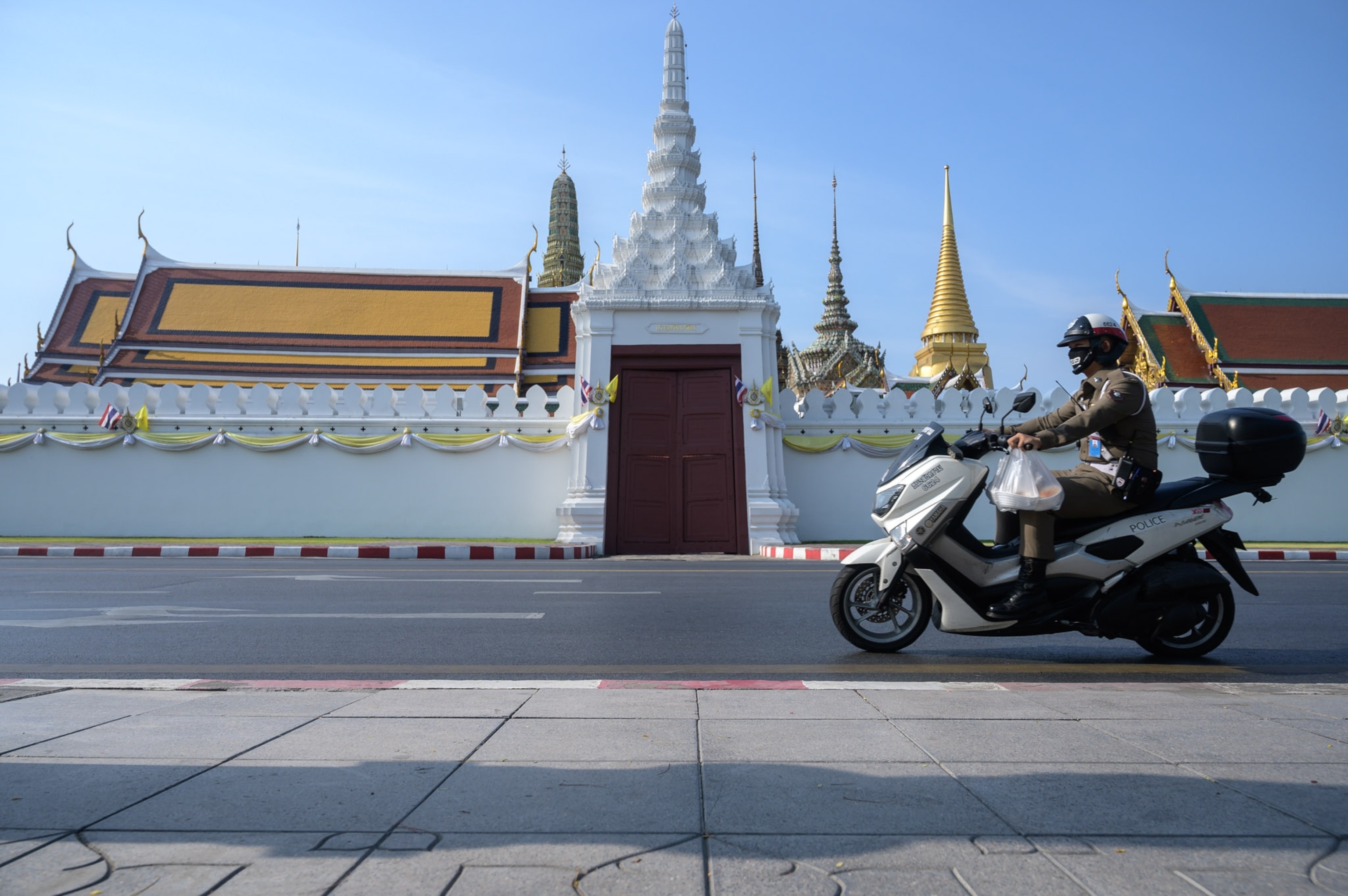
The government surprised us with its efficiency. China first reported the outbreak in Wuhan on December 31, 2019. Just three days later, Thai airports were screening visitors from the city. (Thailand is among the top destinations for travelers from Wuhan.) A day later, the public health ministry set up an emergency operations center. By January 8, the first suspected COVID-19 case was detected; it was confirmed as the first outside of China on January 13.
From there, government leaders made the sensible choice to pass the reins to experts. The medical profession is highly respected in Thailand, and we have good medical schools and very affordable healthcare. Early on, healthcare workers monitored the temperatures of people arriving at airports and quarantined them if necessary; eventually everyone arriving from abroad was quarantined. (See how coronavirus has spread around the world.)
The country can't afford mass screening so contact tracing was deemed to be more effective. There are more than 1,000 epidemiological teams investigating cases and monitoring them. It seems to work well, especially since the tracing was initiated early. I followed one of the mobile COVID-testing units for a week. The team traveled to different neighborhoods in Bangkok to provide free testing to people who’d been judged to be at risk based on contact tracing. None of the several hundred people tested by the unit that week was infected.
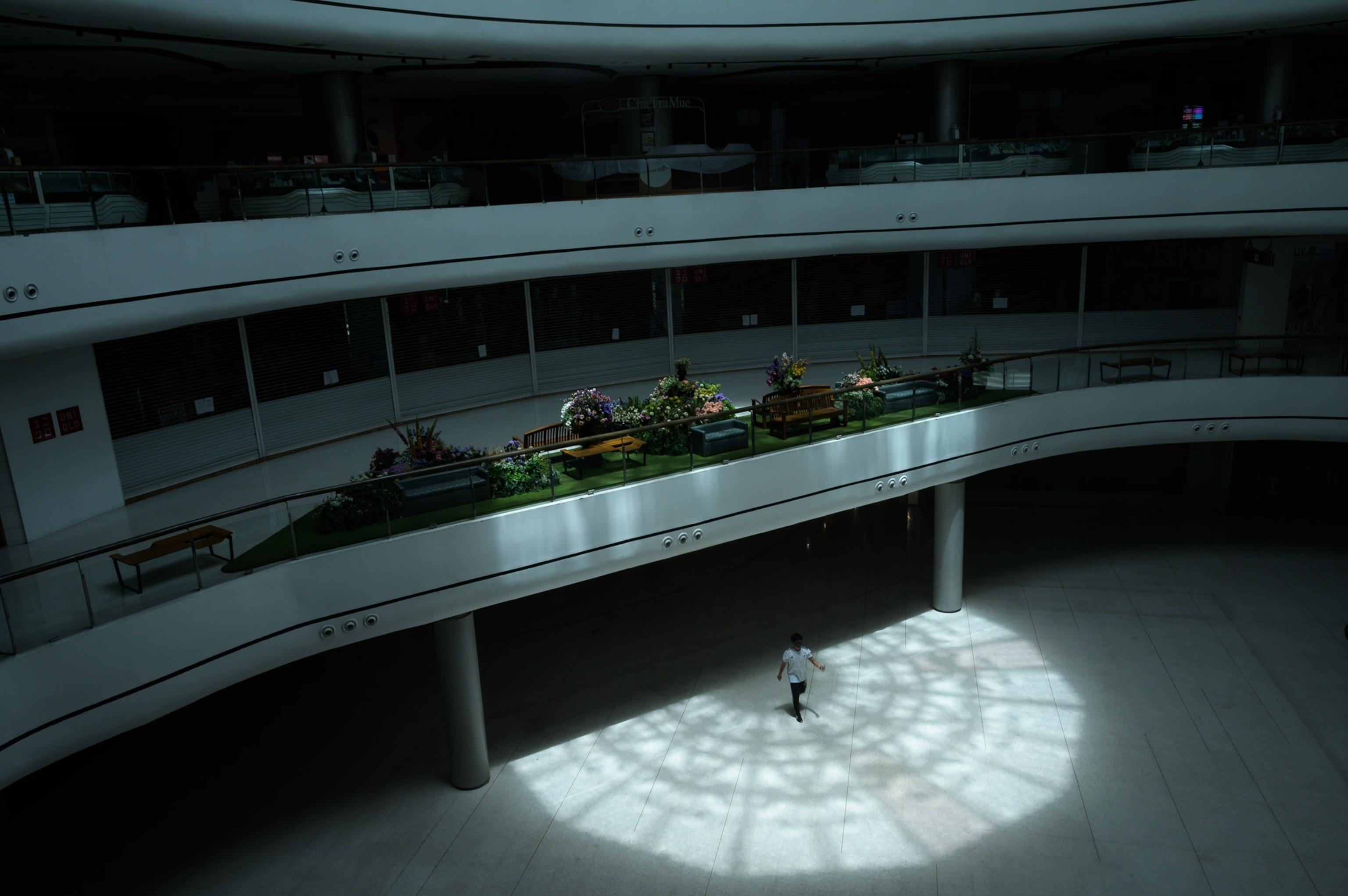

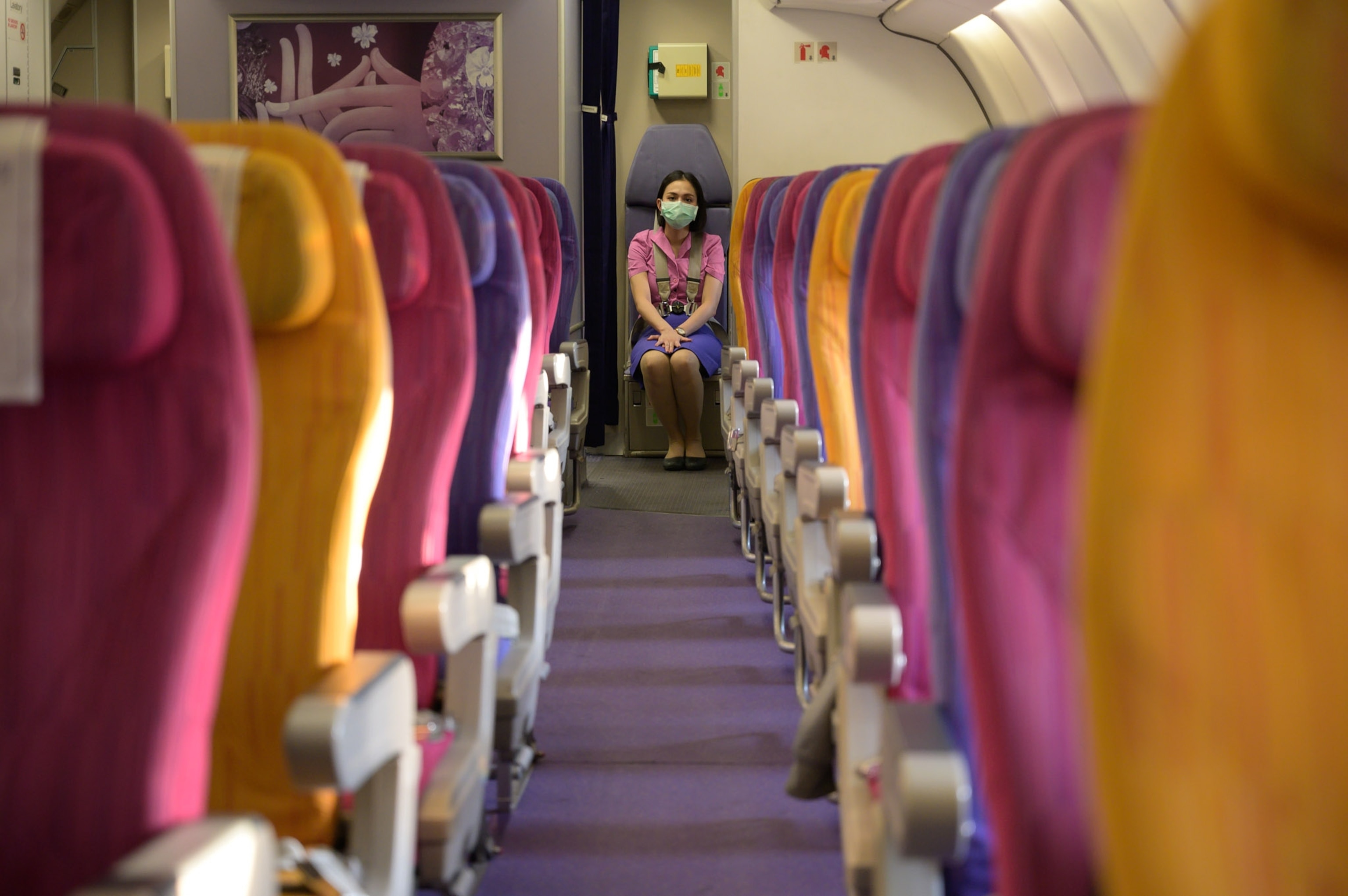
At first, I was highly skeptical that the low number of reported cases reflected reality rather than insufficient testing. However, since there hasn’t been a sharp rise in unexplained deaths, the official reports appear to be correct.
The cooperation of ordinary citizens has played a key role in containing the epidemic. According to one study, 95 percent of Thais are wearing masks in public during the pandemic, the highest rate in Southeast Asia. Over the past few years, wearing masks has become common practice in Bangkok because of its terrible air pollution from heavy vehicle traffic, industrial emissions, and farmers burning fields to prepare them for planting. I have several masks at home, including a proper respirator with twin N95 filters to use for the days when it hurts to breathe the air. Surgical masks are readily available at convenience stores, although for a brief period early in the pandemic people hoarded them to export overseas or sell locally at exorbitant prices. The public is strict about mask wearing. If I forget to wear one, the “aunties” on the streets glare at me intensely, making me run back home in shame to grab a mask.
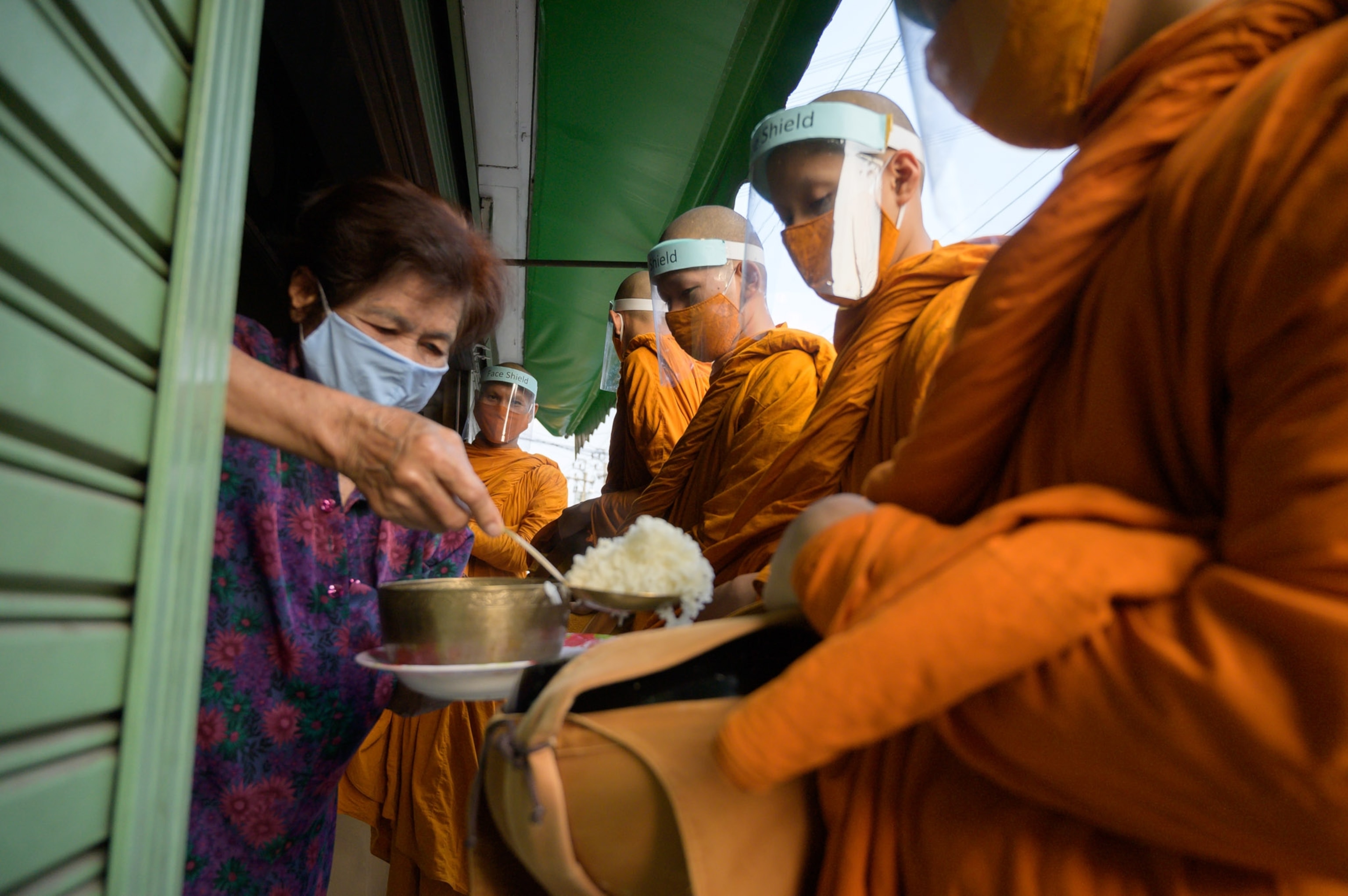

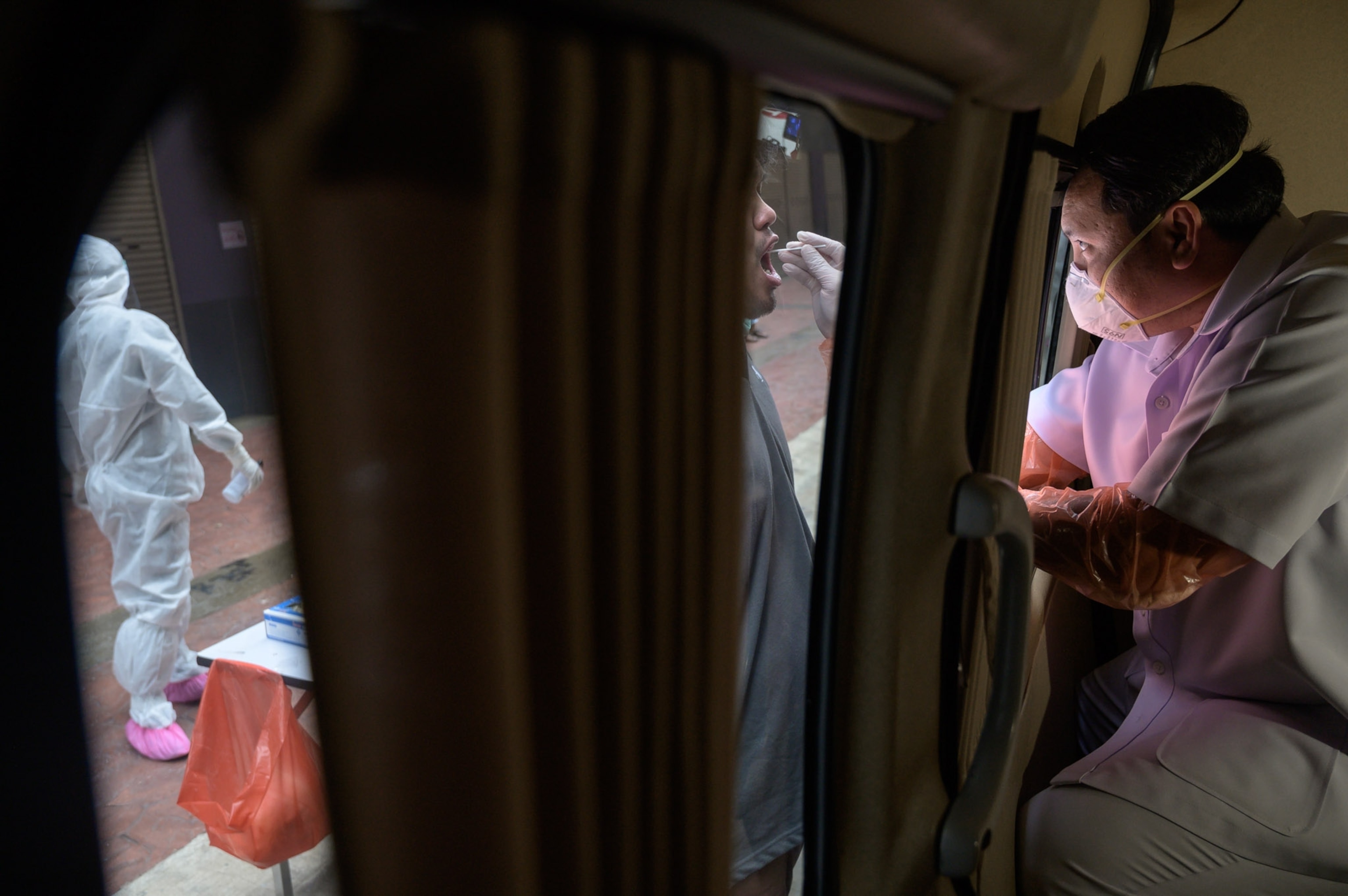
Bangkok didn’t really feel the effects of the pandemic until March, when transmission rates started to jump following a cluster of infections at a boxing stadium and a nightclub. On March 21, most non-essential businesses were ordered to shut down, including schools and entertainment venues. Five days later, an emergency decree came into effect banning all public gatherings. International flights stopped on April 4, except for those bringing Thai citizens home from abroad.
The city changed almost immediately. The doors of the famous red-light district closed, and the majority of sex workers fled Bangkok because there weren’t any jobs. The foreign tourists disappeared. During high season, 50,000 people could pack Khaosan Road, Southeast Asia’s backpacking hub. When I went there during the shutdown, it was empty except for a few construction workers. (Scientists are now figuring out how long the virus persists in the body.)
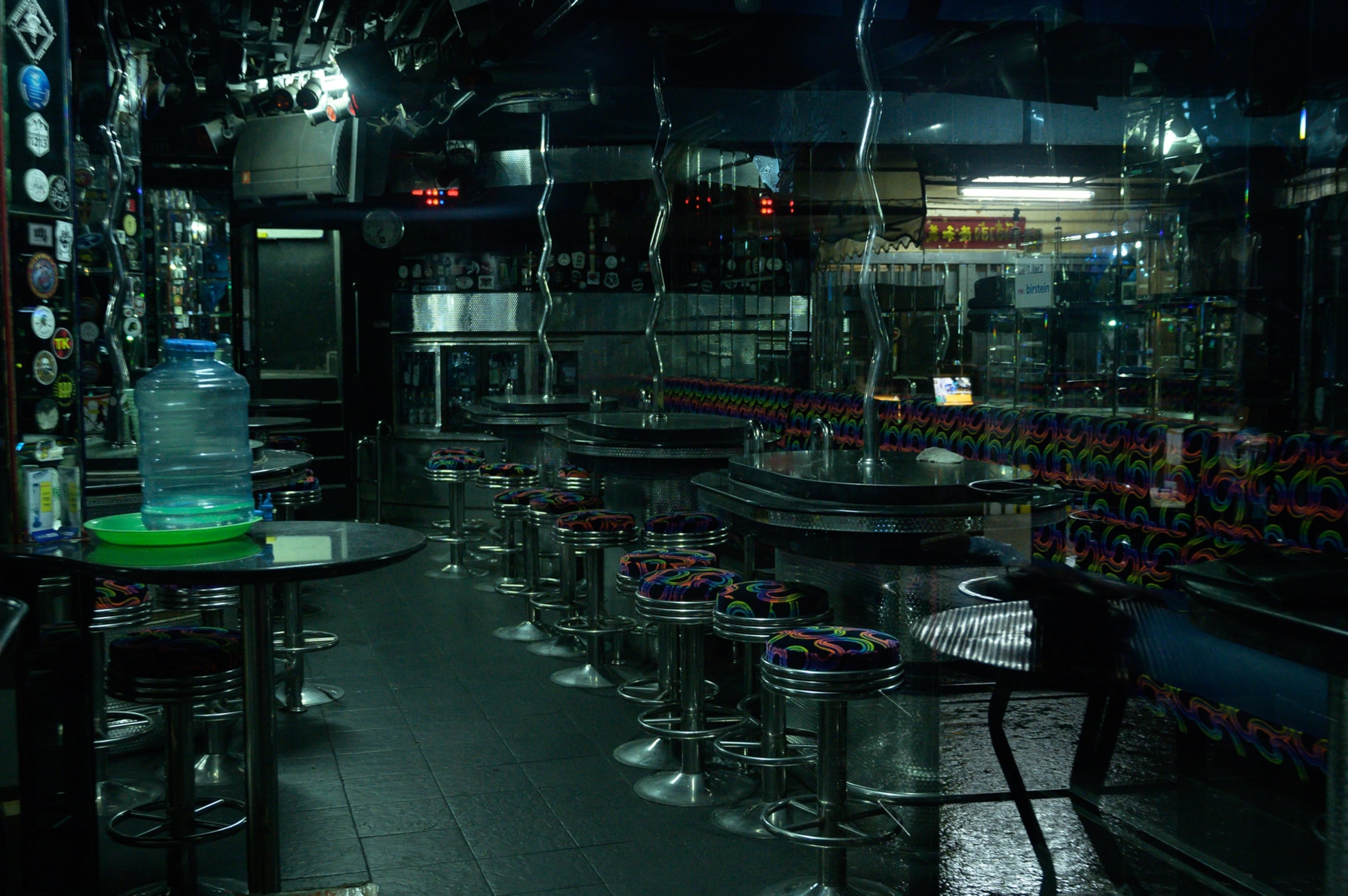


Bangkok became so quiet. I never could have imagined this city of more than eight million, this center of Thai business, without the traffic jams or overcrowded public transportation that I grew up with. I was surprised by the suddenly available breathing space and how fast I could travel across the city. Walking alone around Bangkok felt strangely nice and a bit otherworldly.
But the pandemic also revealed the ugliness that has always been here. Thailand ranks fourth in the world among countries with the worst income inequality, according to a recent study by the Credit Suisse Research Institute. Many people cannot afford to buy food from supermarkets, which meant that the fresh markets, where social distancing is more difficult, had to stay open. Yet I have friends who regularly ordered imported sea urchin and sashimi to be delivered to their house for lunch. It probably cost a hundred dollars each time.

Not everybody can afford to stay at home. Many believe that dying from the virus is better than dying from hunger. The unemployment rate reached 9.6 percent in May for the greater Bangkok area and 8.4 million workers across the country are at risk of losing their jobs, according to one government estimate. More people are homeless because they can’t afford to pay rent. Citizens are donating food to the homeless, but the government needs to do more to care for them and to effectively address the inequity that has long plagued our society.
Now Bangkok is gradually opening up. On June 15, the curfew was lifted. Nighttime movement is allowed, and most businesses in Bangkok are resuming operations. Some preventive measures remain, such as wearing face masks and social distancing. When we enter a shop or a restaurant, we must scan a QR code with our phone to register that we were there and facilitate contact tracing. Some people worry that the government is using the registration as a way to track people, so they only pretend to scan their phones. Although I don’t feel fully comfortable with sacrificing my privacy, I still report properly because I think it's important for the Ministry of Public Health to have this information.
We’ve been lucky so far, with only 3,135 confirmed cases and 58 deaths. But the coronavirus isn’t done with Thailand yet. Although we may have dodged the disease, the socioeconomic impact will probably affect us for a long time.

